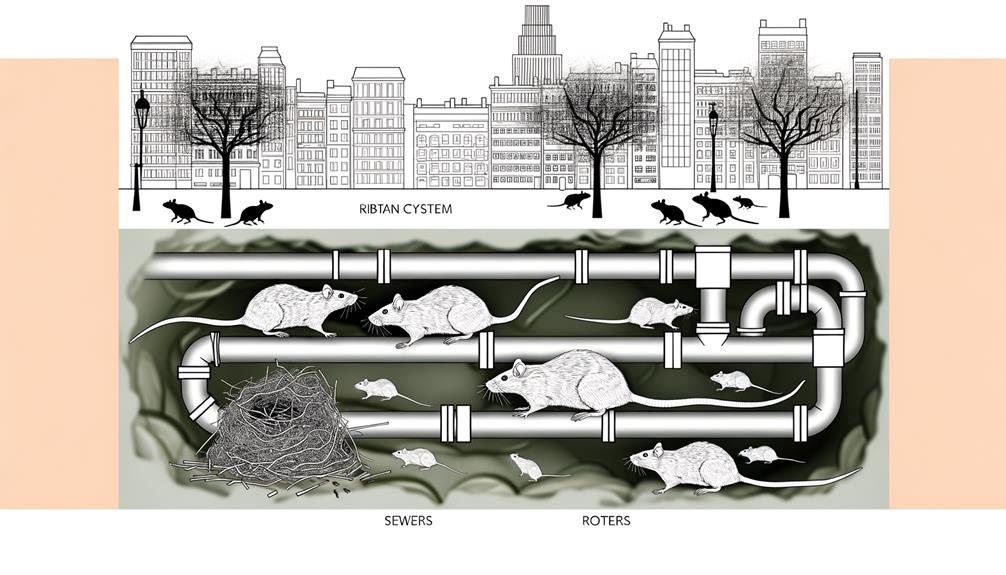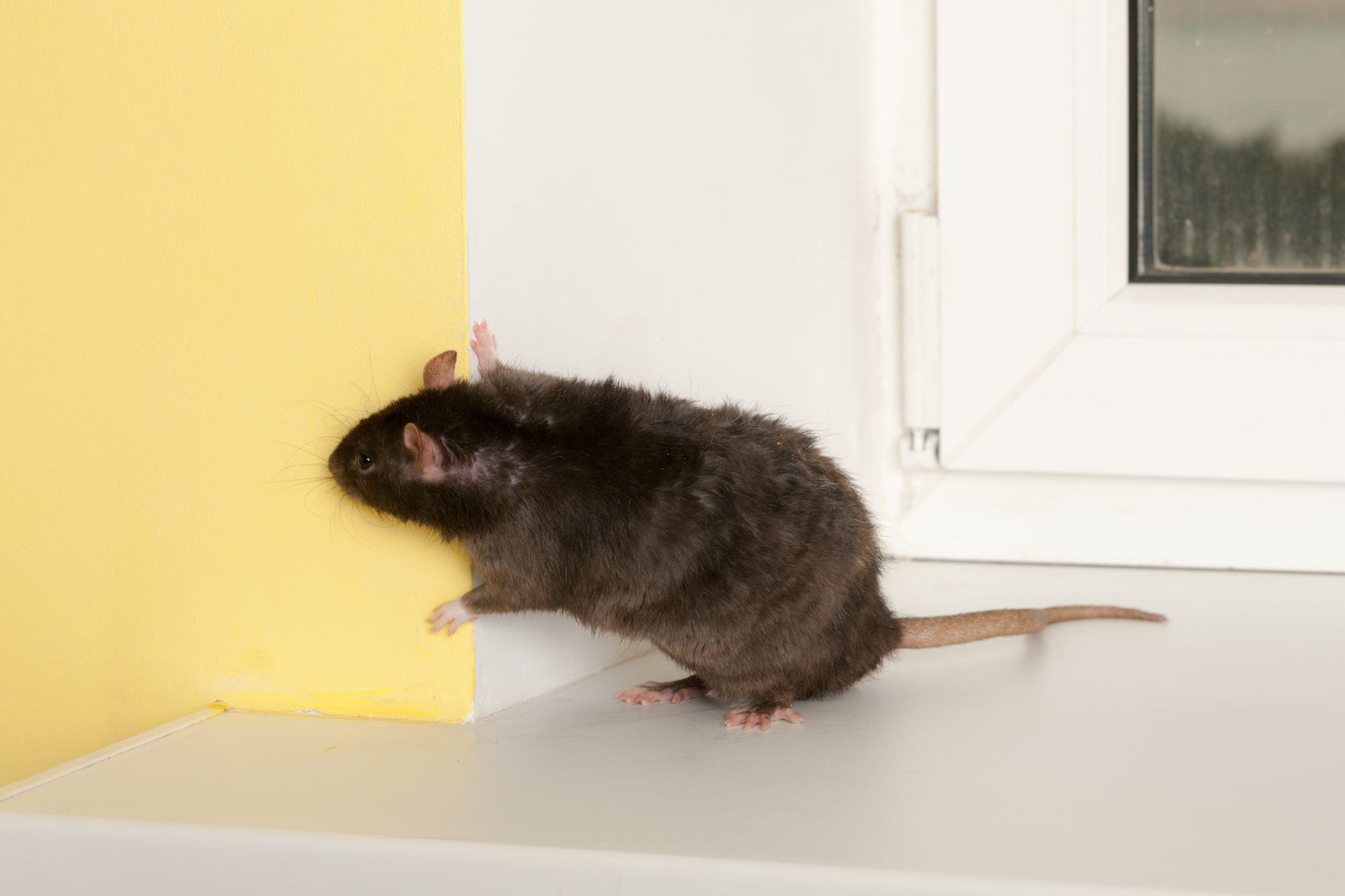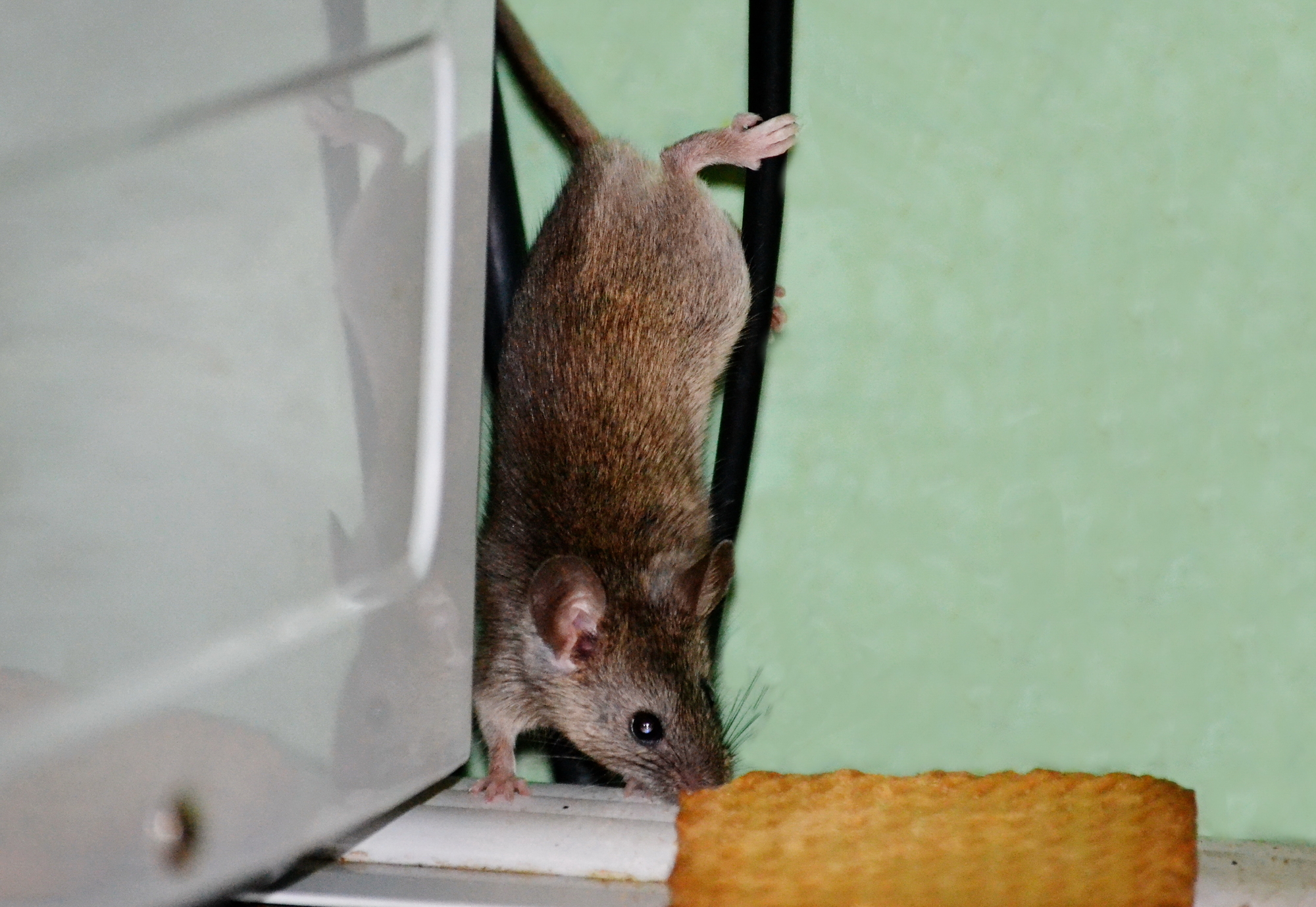Wondering where rats hide durning the day? As the sun climbs its daily peak, rats turn into elusive shadows, seeking refuge from the prying eyes of the day. You might not see them, but they’re closer than you think, tucked away in the hidden corners of your home.
From the quiet nooks behind your appliances to the unseen crevices in your walls, these nocturnal creatures find solace in places where you least expect. But why do they choose these particular hideouts, and what can you uncover about their secretive daytime habits?
Let’s embark on a journey to unveil the mystery behind their chosen sanctuaries, and perhaps, learn how to outsmart these cunning intruders.
Key Takeaways
- Rats seek refuge in attics and walls, utilizing cracks and clutter for protection and nesting.
- Garden burrows provide rats with shelter and food, making detection difficult due to their nocturnal habits.
- Basements offer rats secluded spots for daytime hiding, attracted by clutter and available food sources.
- Sewers serve as dark, secluded sanctuaries for rats, offering consistent food sources and unmatched protection.
Rats Hide In Attics
Nesting in the warm, dry environment of your attic, rats find the perfect hideout to breed and raise their young, undisturbed and close to food and water sources. The clutter often found in these spaces provides ample material for creating insulation nests. Their nesting habits are sophisticated, utilizing the very materials meant to keep your home warm to instead shelter their families.
Understanding how rats enter your attic is crucial for prevention. Common attic entry points include gaps in roof joints, vents, and even openings around cables or plumbing that lead outside. To deter these unwelcome guests, it’s essential to regularly inspect these potential entry points and seal any openings you find. Additionally, reducing clutter in your attic can make it less appealing to rats seeking a new home.

Wall Cavities
Rats often seek refuge in the hidden labyrinth of your home’s wall cavities, exploiting tiny cracks or holes to create a safe haven away from predators and human disturbances. These dark, secluded spaces not only provide them with protection and warmth but also place them tantalizingly close to potential food sources within your home. As you’re nestled comfortably in your living spaces, rats could be quietly setting up their insulation nests within these cavities, posing unseen risks to your home’s integrity.
The presence of rats in wall cavities can lead to significant structural damage. They’ve a penchant for gnawing, which can weaken your home’s framework and even create electrical hazards as they chew through wires, heightening the risk of fire. It’s crucial to address these issues promptly, not only to protect your home but also to maintain a safe living environment.
Implementing effective pest control solutions is essential. Inspecting your home for small entry points and sealing them can prevent rats from accessing these hidden nooks. If you suspect an infestation, professional pest control can help eradicate these unwelcome guests, safeguarding your home from the potential damage and health risks they bring.
Garden Burrows
In many gardens, burrows dug by rats serve as hidden sanctuaries where they find shelter and safety during daylight hours. These subterranean hideouts offer more than just protection; they’re a testament to the rats’ intricate nesting habits. Nestled under sheds, bushes, or any convenient structure, these garden burrows provide a secure spot not just for hiding, but also for breeding and nurturing their young. It’s here, in the quiet and undisturbed depths, that rats can rest and care for their offspring away from the prying eyes of predators and humans alike.
The proximity of these burrows to abundant food sources transforms your garden into an ideal habitat. During the night, when the world above is quieter and less threatening, rats emerge from these burrows to exhibit their foraging behavior. They’re on the hunt for plants, seeds, or any stored items that mightn’t be securely tucked away. This nightly activity often goes unnoticed, making it a challenge to detect their presence based solely on daytime observations. Understanding these habits is crucial if you’re aiming to create a sense of belonging in your garden, free from the unwanted guests lurking beneath.

Basement Nooks
Basements often become prime real estate for rats seeking daytime refuge, as they offer dark, secluded corners away from human eyes. You mightn’t think of your basement as a welcoming place for pests, but to rats, it’s a haven. These clever rodents find comfort and safety behind the stored items, boxes, and clutter that typically fill basement spaces. The clutter corners of your basement aren’t just messes waiting to be cleaned; they’re potential shelters for these unwelcome guests.
Rats are drawn to basements not just for the seclusion, but also for the easy access to food sources like stored grains and pet food. Once they’ve found a cozy corner, they might create insulation nests or burrow behind walls, crafting warm, hidden spots for their families. The quiet, undisturbed nature of most basements makes them ideal hiding spots where rats can spend their daylight hours in peace.
Understanding this, it’s crucial to keep an eye on your basement’s nooks and crannies. Regularly clearing out clutter and inspecting for signs of nests can help deter these day-time hiders. Remember, your basement doesn’t have to be a sanctuary for rats. With vigilance, you can reclaim it.
Sewer Refuges
Venturing beneath the city streets, you’ll find that sewers become a daytime sanctuary for rats, offering them the dark, secluded refuges they need to avoid human activity and predators. Unlike the exposed alleyway alcoves and park bushes, sewers provide a secure environment where rats can thrive without the constant threat of being discovered.
This underground haven not only shelters them from the prying eyes of the world above but also supplies a consistent food source, making survival less of a daily challenge.
The sewer’s intricate network of tunnels allows rats to navigate between different areas effortlessly, all while staying safely hidden from daylight. This ability to move unseen is crucial for their day-to-day activities, including searching for food, water, and nesting materials.
Sewers are more than just hiding spots; they’re a vital part of the rats’ ecosystem, offering protection and resources that surface-level refuges simply can’t match.
Conclusion
In wrapping up, your home’s unseen nooks and crannies offer the perfect day-time retreats for our nocturnal neighbors. From attic hideaways to cozy wall spaces, garden burrows, basement corners, and even sewer sanctuaries, these clever critters find solace away from prying eyes.
Remember, spotting these whiskered wanderers during daylight might signal an uninvited gathering. Don’t hesitate to seek professional guidance to ensure your home remains a sanctuary for you, not a haven for unexpected guests.
You may also enjoy reading this article
Was This Article Helpful?
- Please provide feedback and comments to help us improve our content.
- Share your experiences and any additional tips you have for dealing with pests.
Share this Post



